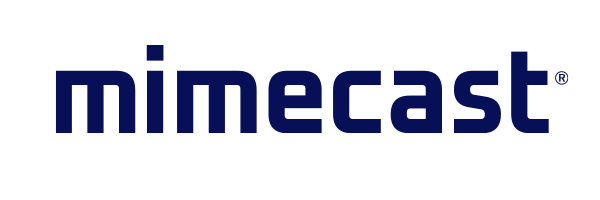Johannesburg, 18 Oct 2016
Ransomware attacks are on the rise, costing organisations billions of dollars in paid ransoms and cleanup costs, while crippling employee productivity and customer service during the down times. The FBI reports that ransomware attacks cost victims $209 million in the first three months of the year, which is about $330 000 an incident. And, almost 40% of enterprises have been hit by ransomware in the last year.
So, what is ransomware? It's a strain of malware (malicious software) that cybercriminals upload onto organisations' computers, servers or user devices and lock them down, before demanding payment of a ransom - usually in the form of Bitcoin or some other non-traceable currency - in exchange for decrypting and releasing their data. In a ransomware attack, the hacker is literally holding your users' workday hostage, cutting off access to vital productivity tools like e-mail, calendars and contact lists or back-end systems such as databases, file servers, e-mail servers and other systems. What's worse, 99% of ransomware attacks start with an e-mail message, often enabled via phishing.
Unfortunately there isn't much information about the threat landscape in South Africa but according to the US government, ransomware attacks in America have increased in frequency by 300% year-on-year in 2016, with 4 000 incidents a day now being reported - AND that is just the US.
Ransomware is also not exclusive to big businesses, in fact many smaller organisations are being targeted because they are 'easy targets' who may not have deployed the latest security technology or have a dedicated person managing their malicious inbound e-mails.
The reality
* Ransomware cybercrime kits are readily accessible (for as little as $39) on the black market, and thus non-technical cybercriminals can easily license them and deploy them. All you need is an e-mail address and an attack is born.
* There is no single "ransomware security product." Since no single product can provide adequate protection because of the multifaceted nature of ransomware and the creativity of the attackers who wield it, protection from ransomware must also be multi-faceted.
Once a ransomware attack happens:
* Organisations suffer from crippled productivity.
* Employees are locked out of vital productivity tools like e-mail, calendars and contact lists as well as other applications and files on affected systems.
* Customers are often impacted because customer-facing operations that are highly dependent on IT are not functional.
* Organisations often succumb to the pressure to pay the ransom to regain access to their applications and data, motivating and financing attackers to expand their ransomware campaigns.
* Recovery can be difficult and time consuming.
* Data can be lost, damaged or corrupted after an attack, as not all ransomware is bug-free. And, in some cases, the attackers, if not paid in a timely manner, will destroy the decryption keys in retribution.
A service like Mimecast can tackle ransomware with a layered solution. By bringing together security, continuity and data replication capabilities in a single cloud solution, customers can:
1. Prevent an e-mail-borne ransomware attack.
2. Ensure that employees can continue to work with e-mail during an attack.
3. Store your data in a third-party archive so it's not lost forever after an attack.
"Cybercriminals are becoming increasingly more sophisticated and insidious. They are constantly revising, updating and re-inventing their tactics and technologies to launch attacks", says Brandon Bekker, MD of Mimecast Middle East and Africa. As a result, preventive systems, such as antivirus and intrusion prevention systems, are no longer sufficient.
"It's time for organisations to implement a total cyber resilience strategy that includes security, continuity and data replication," Bekker continues.
The ideal approach is to layer state-of-the-art preventive systems, point-in-time recovery measures, and a means to maintain business continuity during a ransomware attack. "And don't forget about the human defence: Employees need to be educated and aware of the different (and evolving) strains of cyberattacks so they can be an effective line of defence."
Join Mimecast's Anatomy of a Cyber-Attack event as they dissect a data breach on 27 October 2016 in JHB. For more information and to register visit: www.mimecast.com/cyber
Share
